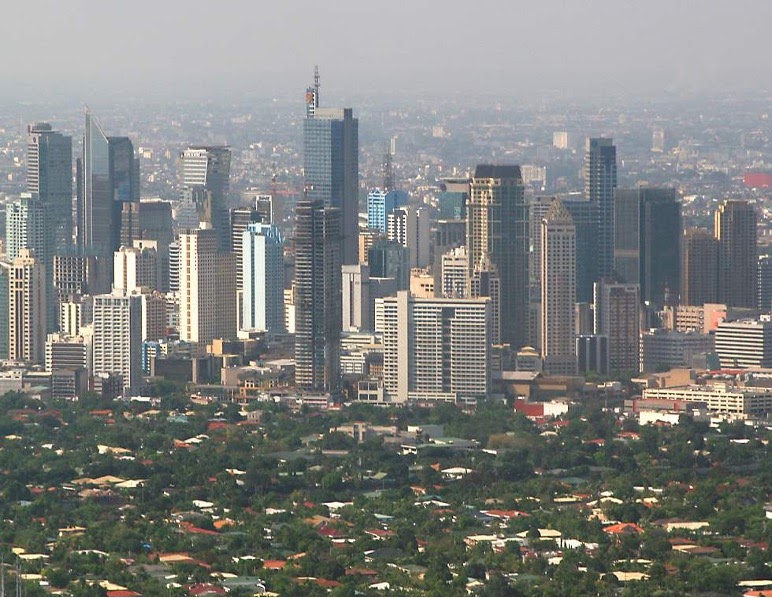By Gabriele Gajdos
The number of places I have slept, on this trip:
- Bere One- Momi Bay, Fiji
- A cot in a tent (on the beach)- Somosomo, Fiji
- Bure Nine- Momi Bay, Fiji
- Lawaki Beach House, Fiji
- Club Oceanus Resort- Pacific Harbour, Fiji
- Capricorn Apartment Hotel- Suva, Fiji
- Bure Five- Momi Bay, Fiji
- Family Stay- Nausori, Fiji
- Bure 12, Momi Bay, Fiji
- Vaturu Dam, Fiji
- Bure Six- Momi Bay, Fiji
- YHA International Auckland, New Zealand
- Kerikeri Holiday Park, New Zealand
- YHA International Auckland, New Zealand
- Base Backpackers Rotorua, New Zealand
- YHA International Auckland, New Zealand
- YHA- Alice Springs, Australia
- Ayers Rock- Outback Pioneer Lodge- Yulara, Australia
- Kings Canyon Campground- Australia
- YHA- Alice Springs, Australia
- YHA- Cairns, Australia
- Cape Trib Beach House- Cape Tribulation, Australia
- Flashpackers Noosa- Sunshine Beach, Australia
- BIG4 Caloundra Holiday Park, Australia
Waking up in a new place becomes easy after traveling so much; I was ten weeks into this trip. Blankets were a luxury at this point. I could not imagine being back in my bed at home. On November 18th, 2019, I woke up at a hostel-based campsite in the middle of the Daintree Rainforest, the oldest rainforest in the world. Our bungalow was 20 meters from the crocodile-infested Pacific Ocean. It was a wet heat that took over the forest—the exact opposite of desert-based central Australia.
The room had three twin-sized beds, pushed up against any wall possible. There were sheets and comforters, air conditioning, and black-out curtains. I was very well rested, yet I was anxious about oversleeping. That morning, my cohort had to wake up at seven to plant trees with the Rainforest Trust. I remember walking up the concrete hill to the communal kitchen. My go-to breakfast at this point was a bland cereal and fruit. I was craving comfort; I was craving home. I was falling back into some old habits. I was reading and journaling, even playing on my phone instead of getting out and exploring a new environment. I stopped trying to push myself out of my comfort zone. I was exhausted. I was thinking more of my personal goals and future and less of where I was in the moment. I was eating breakfast in an outdoor pavilion style kitchen and there were signs posted everywhere, warning the guests about cassowaries. Cassowaries, the closest animal still alive to the dinosaurs, are a type of bird that can be up to 5 feet tall and can be very dangerous when provoked. Despite being in the rainforest and being surrounded by wildlife, I did not see a cassowary.
***
I was ready to plant trees; we rode in our two vans to this tucked-away spot down the road. Eventually, we would walk this route. We approached this nice, older man who went by the name Golli, he went by Golli based on the name Golliwog. He was tan and had dark dreads that went past his waist, he was in charge of running man running the base house for the Rainforest Fund and taught my group about different jungle plants and fruits. He considered himself a pirate, or maybe he cosplayed as a pirate. I am still not quite sure. During our tree walk, we tried fruits right off these tall branches surrounding the property. The fruits tasted as if they had artificial flavoring. We ate “ice cream” beans, which had a weird banana taste but the texture of a stale cotton ball, and saw a nursery of baby plants that he had started. My group learned that the Daintree Rainforest is 150 million years old, impossible to imagine (the Amazon is supposedly only 60 million years old). He explained how we would go into the rainforest and collect nuts and seeds to be planted later.
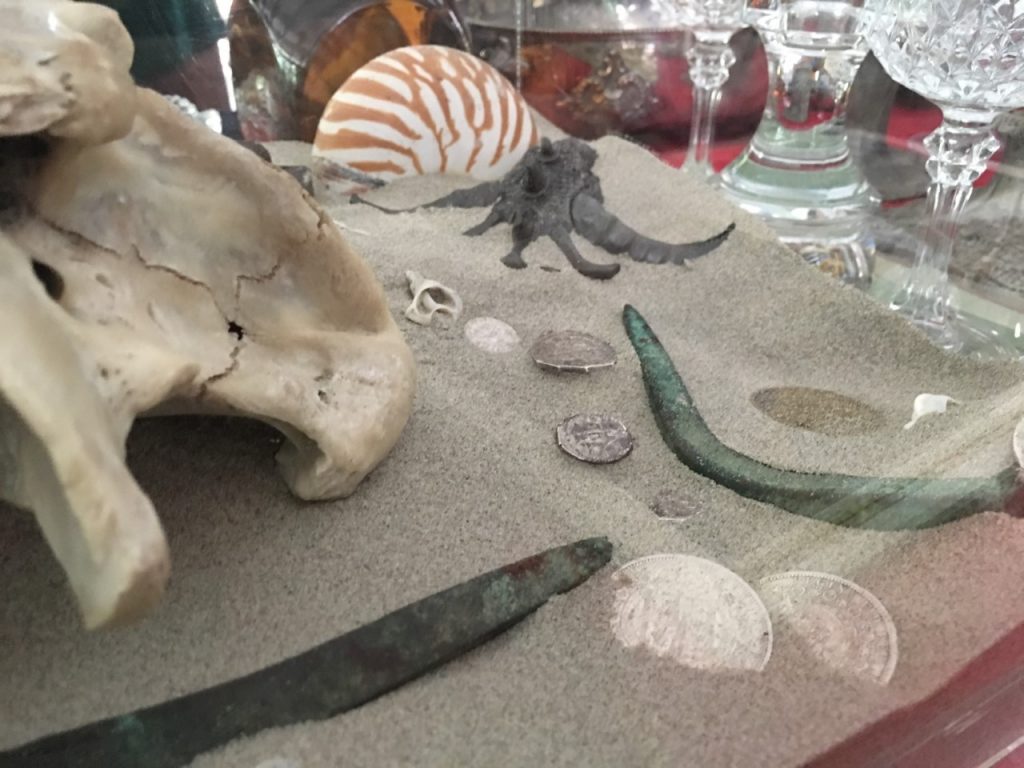
Photo taken by my friend Katerina, on November 18th, 2019. At the Rainforest Trust in the Daintree Rainforest. 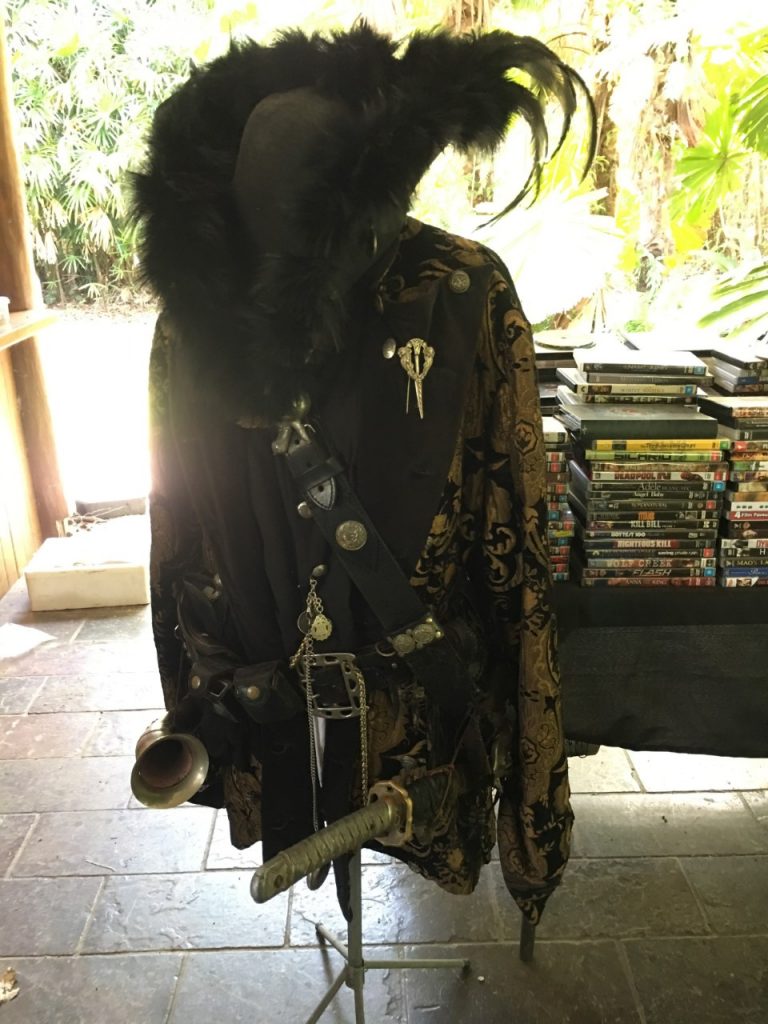
Taken by Katerina, November 18th, 2019. At the Rainforest Trust, in the Daintree Rainforest.
***
During this first day, we hiked around the forest. There was no sky, just a canopy of green. It was extremely warm here, and I struggled to keep up. Looking back, I can only remember seeing the ground.
The second day, we met up with Golli and took our van to this random part of the forest. Finally, I thought, tree planting time. First, Golli wanted to introduce us to a friend of his, Tony. Tony’s house was down this huge slope; walking down with an ankle injury was interesting, but I survived. Tony approached out of this house with a huge deck and patio, in the middle of the jungle. The windows had a lot of Batman related stickers. He gathered us into a crowd and gave us a safety briefing; he inquired if any of us had ever had a rabies shot. If not, he warned us that we should be careful and not pet the bats. At this point I was extremely excited but also petrified. In American culture we treat bats as rodents, filthy and full of diseases.
***
“You guys ready to see my children?”
At this moment, I was incredibly thrown off. I was ready to plant trees and help the rainforest; I was selfish and wanted to get some good resume builders. Instead, I walked into this fenced-in patio and was greeted with over a dozen speckled flying foxes. This was a completely unique experience, who can say that they interacted, super up close and personal, with bats? Tony volunteered at this bat habitation center, for the bats that were injured could never fly again but were still alive, injured bats are very common in Australia. Farmers put up barbed wires that are often not visible to the animal but bats are not filthy animals, they are essential for the ecosystem because they are a keystone species; they are pollinators and keep the insect population checked, it’s unfortunate that they have such a bad reputation.
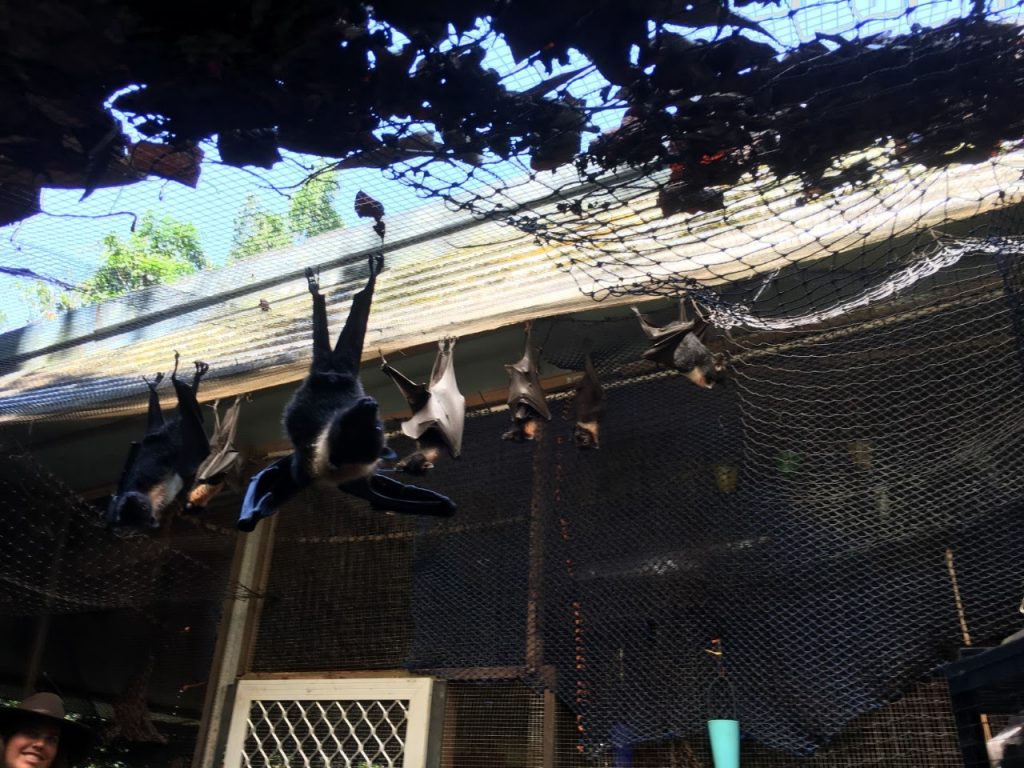
They hung from their feet, and their wings stayed closed. A lot of them made cute baby noises, and sounded very squeaky. The bats would climb all over Tony; we were advised to be careful, but we did pet them. I risked that danger, I felt not afraid anymore, and in love with these creatures. The bats clung to our shirts and hats, and were incredibly playful. I connected with Tony, it made sense to protect these animals and give them the best life possible. Maybe I did not need volunteer work, but instead, this experience: learning and immersing myself in the small activities that bring joy.Not everything has to be about my future.
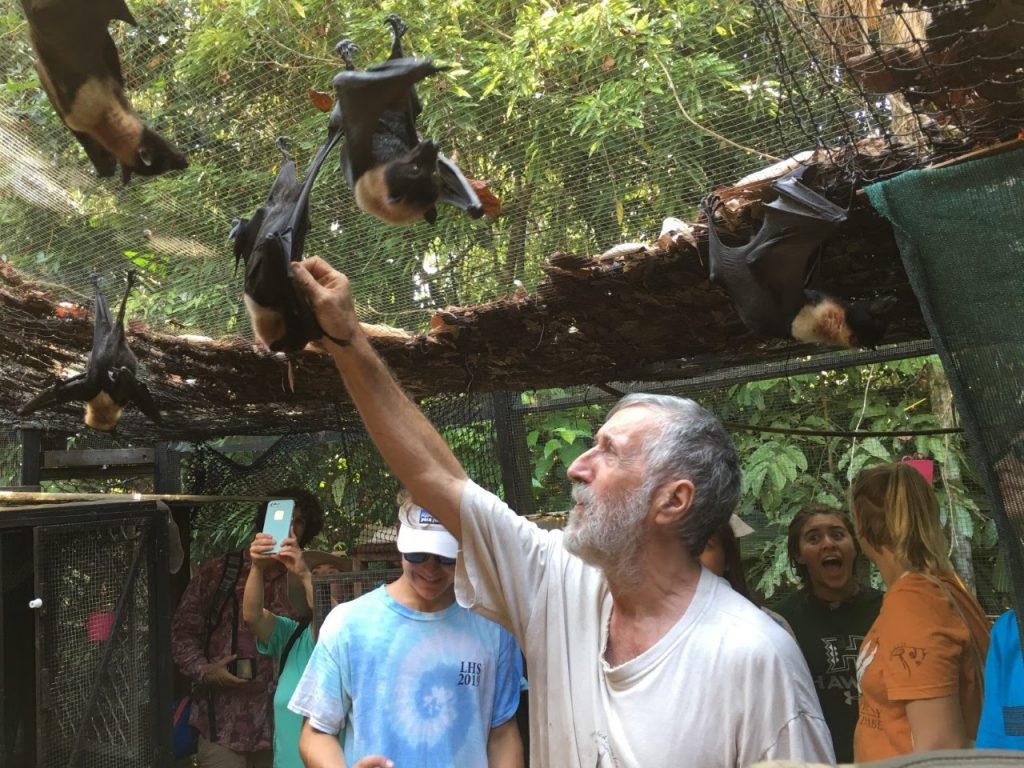
Taken by my friend Katerina, on November 18th, 2019. 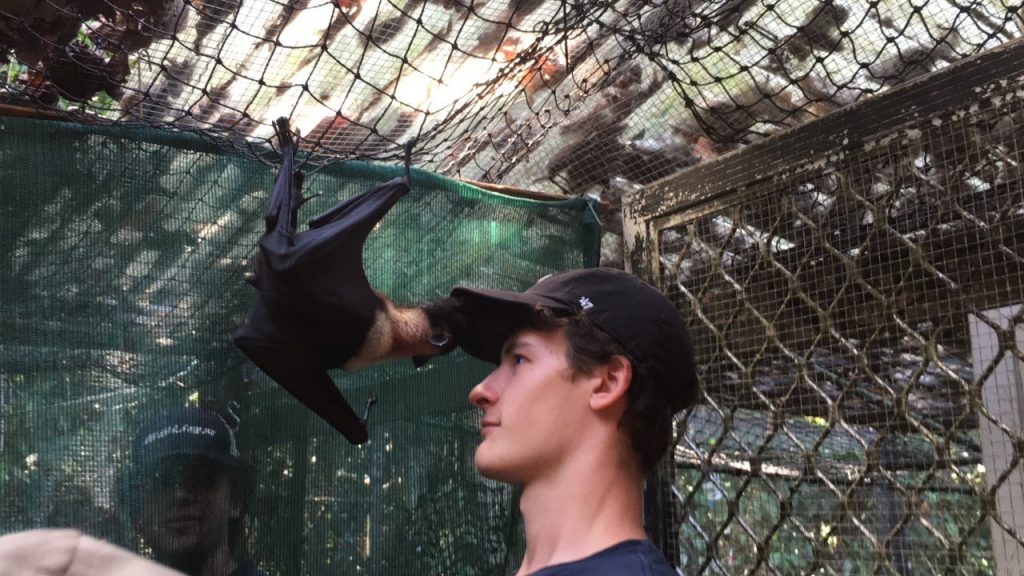
Taken by my friend Katerina, of our friend Devin playing with the bats. Taken on November 18th, 2019 at the Daintree Rainforest. 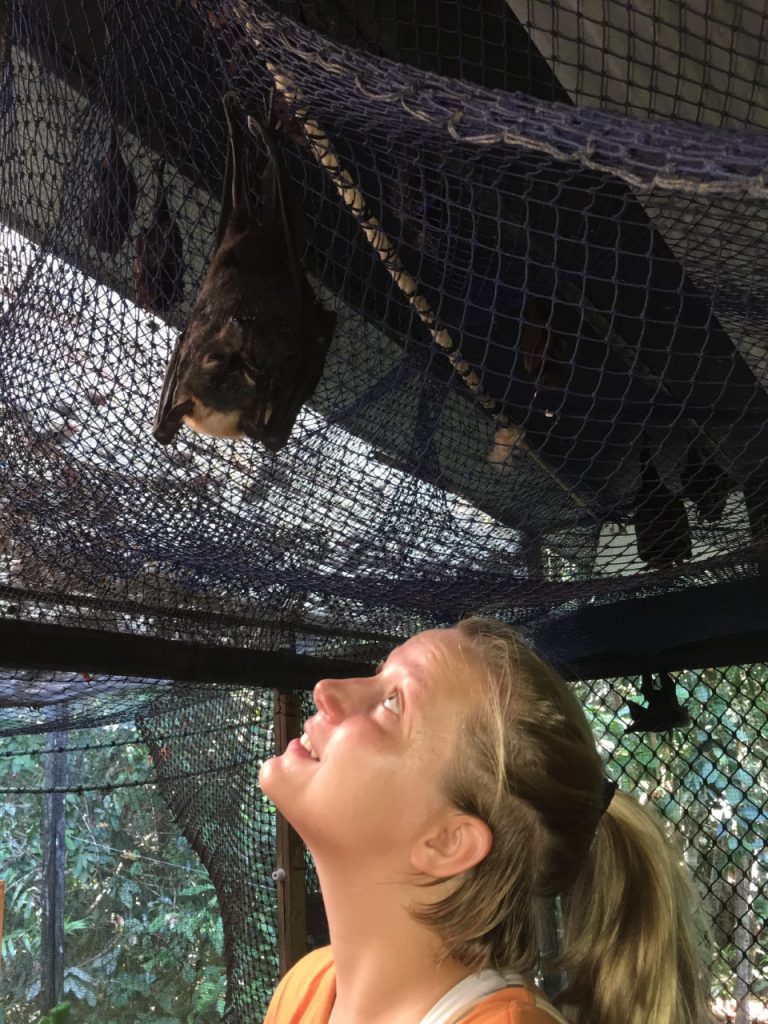
Photo by my friend Katerina, at the Daintree Rainforest, on November 18th, 2019
